Billiard table cushions
BILLIARD
TABLE CUSHIONS
Compared to the ancient origin of the game, which we have
already heard about, rubber billiard cushions are quite a recent
introduction.
During the early part of the 19th Century and before, all
Billiard Table cushions were made of "List" - in other words the
cushions were stuffed with layer upon layer of felt, and similar
materials, which provided something of a soft cushion from which
the balls would rebound a short distance. Clearly however, by
modern standards, "List" cushions had nothing at all to recommend
them. We would certainly describe them as being "extremely
slow".
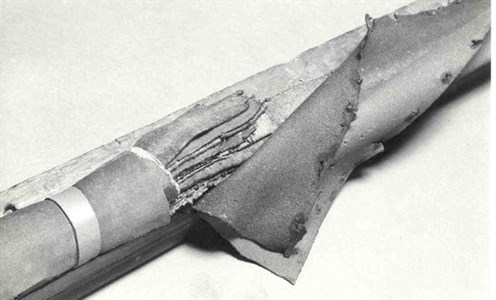
Picture show a section of
a 'List' Billiard table cushion
In the year 1835 John Thurston, who
had in the previous year introduced the slate beds, now introduced
"India Rubber Cushions". The original rubber cushioning was made
from pure natural rubber. This was not perhaps the complete
improvement that you will imagine. Pure natural rubber cushions
were reasonably satisfactory in warm weather conditions, when
indeed they were a great improvement on the "List" cushions, but in
the cold winter weather, the rubber became extremely hard - so hard
in fact that you might just as well have fitted wooden cushion
nosing instead of rubber.
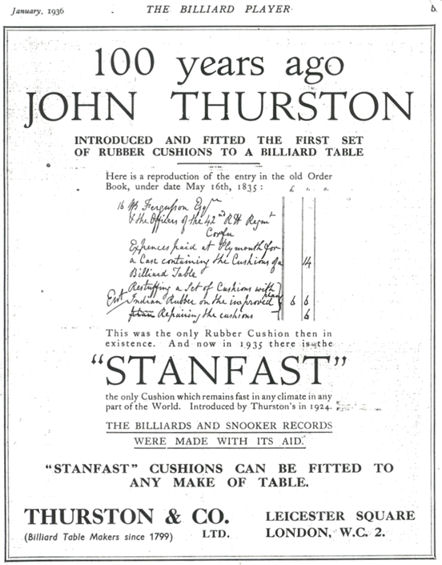
Picture of page from
January 1936 The Billiard Player magazine
However, when the cushions were warmed
the natural rubber regained its resilience, and so it was that long
metal pans, shaped to match the nose of the rubber cushion were
placed all round the Billiard Table and filled with hot water and
placed around the Billiard Table two or three hours before play
commenced.. I have an example of one of these hot water pans with
me for your inspection.
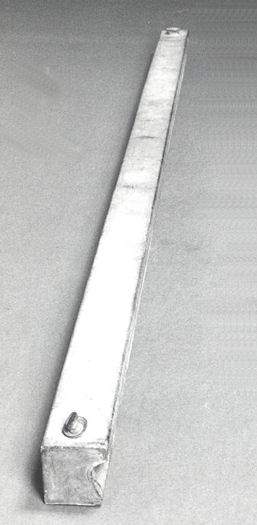
"Hot Water Bottle" for early rubber
Billiard Cushions
Even during my own earlier years in the Billiard Trade, we
frequently brought cushion rails into works for "remodelling with
new rubber" and when the cushions were stripped we found that they
were still fitted with Pure Natural Rubber which was literally as
hard as wood, and I have here a few small sample pieces for
examination.
In these days, to which I have just referred, we used to save
the natural rubber and dissolve it in naphtha in order to produce
our own rubber cementing solution which was then used to fit the
new rubber into the wooden supporting blocks.
My father (Norman's)
used to tell me how, in his own younger days in the Billiard
Trade, he and other travelling Billiard Fitters were frequently
sent to the larger private residences, when the owners intended
having their friends in to play a game of Billiards, in order to
take off the cushion rails and warm them in front of the fire in
order to soften up the natural rubber cushions.
Later, when the proceed known as "vulcanising rubber" was
discovered or invented, this had the effect of preventing the
rubber from becoming extremely hard at low temperatures. So it was
that once again John Thurston introduced the first Vulcanised
Rubber Cushions which were generally described as being "Frost
Proof". They were in fact built up by hand with great skill using
layers of vulcanised rubber approximately 1/8" in thickness.
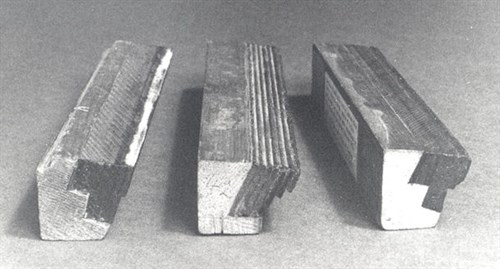
Picture of early rubber
cushion made up from strips of rubber
Throughout this time the shape of the cushion nose was very much
rounded - a shape which we describe as being "Bull nose". The
cushion was so high that when the ball came to rest against the
cushion it was almost impossible to strike the ball, as only a
small fraction of its surface was above the top of the cushion.
Thus the shape of the face of the cushion nose has gone through
many modifications, lowering the height of the cushions so that it
was much easier to strike the ball. Thus for many years the lower
style of cushion, using vulcanised rubber, was described as being
"a low frost proof cushion".
I have also available for your inspection one or two sections
showing you hand built up rubber cushions, and it was always
considered that "built up rubbers" were superior right up to the
start of the second world war in 1939, although moulded rubbers had
also been on the market for some years. Since the war, moulded
cushion rubbers have entirely superseded the built-up type, partly
I think because the very skilled personnel who used to build up the
rubbers and left the trade during the years of rubber scarcity, and
once again the trade was faced with the economic facts of life that
the time and cost involved in building up rubbers by hand at
post-war rates of pay would have made the price of Billiard Cushion
Rubbers quite prohibitive.
So far I have really spoken only about the actual cushion
nosing. The cushion rails themselves were generally made of the
same timber as the Billiard Table under-framing, that is from
Mahogany, or Oak, or Walnut.
It was however recognised that to some extent the heavier the
cushion rail the better the foundation provided upon which to mount
the cushion nosing - a good foundation resulted in a faster and
quieter cushion, thus the different Billiard Table markers
introduced various modifications in order to try and achieve the
best possible results.
The most notable and successful undoubtedly was the "Steel
Block" cushion introduced by Burroughes and Watts. This firm now
being part of Riley Burwat Limited. Thousands of Billiard Tables
are fitted with Burroughes and Watts Steel Block Cushions, which
consists of steel plate about ¼" thickness running the full length
of the cushion, and the full depth of the cushion body, onto which
the wood cushion blocks and billiard cushion rubber are mounted.
This plate is securely bolted to the edge of the slate bed, and
then covered with a wooden rail so that the appearance of the table
is no different to any other table with plain wooden cushion
rails. (In fact it was W. Buttery, an employee of
Burroughes & Watts, that patentedthe
steel block cushion in1836 . Riley Burwat Ltd reverted back to the
Riley name and ceased to trade in 2002/3)
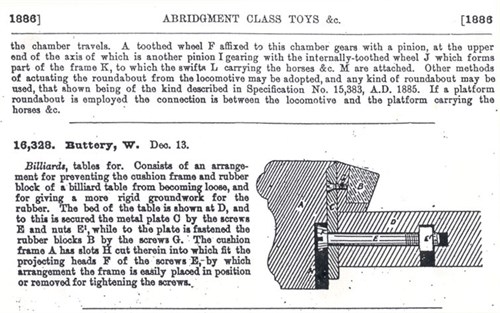
Steel Block Billiard Cushion patent
1886
Another attempt at producing a
heavier and firmer foundation was made by Thurston's who actually
fitted a slate slab into the face of the cushion rails, the full
length and the full depth of the cushions and some are still in
existence. (Thurston called their cushion the
"Adamant" cushion a set of which are fitted to the cast iron framed
table in the collection)
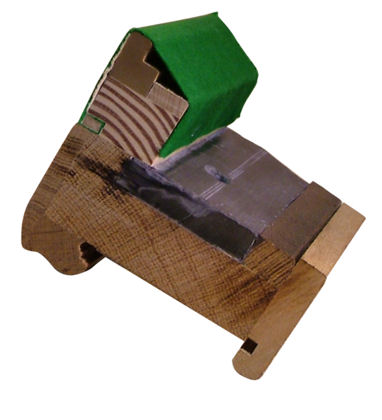
Section of a Thurston 'Adament'
Cushion showing slate insert
I think however it is perfectly fair to say that a good sound
cushion rail made from a heavy quality Mahogany Oak or Walnut is in
fact just as good and has many advantages when the table is being
serviced, as they are more quickly and easily handled - an
important feature in these days of high working costs.
© Norman Clare 1990. © E.A.
Clare & Son Ltd. 2018.
Reproduction of this article allowed only with the permission from
E.A. Clare & Son Ltd.
www.thurston.co.uk
to contact us by phone
0151 482 2700
or
email - thurston@eaclare.co.uk
copyright E.A. Clare
& Son Ltd 2009. & 2011
Go to top of page

